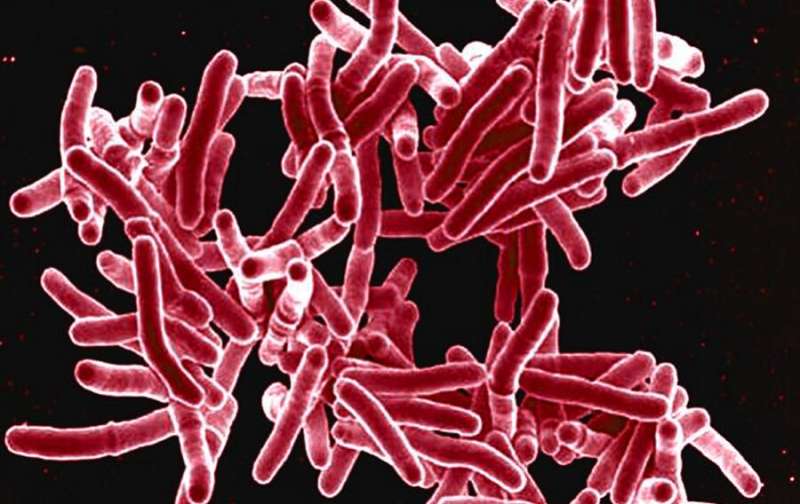
One in five multi-drug resistant (MDR) tuberculosis (TB) cases in children under the age of 15 could be averted every year by household contact management, according to a new modeling study published in The Lancet Global Health.
The research from the London School of Hygiene & Tropical Medicine (LSHTM), University of Sheffield and Imperial College London, suggests this test and treat strategy could avert as many as 3,950 deaths and 5,870 cases in children under the age of 15. It also estimates that tracing household contacts of those with MDR-TB is very likely to be cost-effective in most places with a high prevalence of TB.
Contact management, which involves working with TB patients to encourage their household contacts to be screened for TB and offers preventive treatment to those who are eligible, is not implemented nearly as often as it should be. Reasons for this are complex. In many countries with limited resources, household contact management is not seen as a priority, as many TB programs mainly focus on the treatment of TB patients who are symptomatic and present to health facilities. In addition, guidance for how to manage the well contacts of MDR-TB is inconsistent and based on low quality evidence.
The researchers say this study could be a turning point in showing the effectiveness of this strategy in terms of its low costs and substantial impact in preventing illness and death.
Dr. Finn McQuaid, an Assistant Professor at LSHTM and one of the study’s authors said: “Children are a marginalized group in TB care and are very vulnerable to MDR-TB. Managing household contacts looks to be an underused approach that could make a significant difference. Our work showed that these interventions could be cost-effective in most countries.”
Recent WHO estimates suggest that over one million children become ill with TB each year, yet only about half of these are diagnosed and treated. Nearly a quarter of children with TB die; almost all of these are undiagnosed, resulting in TB being a leading cause of child mortality. Of the 30,000 estimated to develop MDR-TB, only about 15% are diagnosed, with those untreated also at high risk of death. However, if appropriately treated, MDR-TB outcomes are very good.
Exact figures on how much TB transmission can be attributed to household infection are not known, but estimates range between 10% and 30%, with no available data for MDR-TB. This is likely to have increased as a result of the COVID-19 pandemic, with more time spent at home and fewer people being diagnosed. The percentage of cases as a result of household transmission is much lower for adults.
The study used mathematical modeling to look at the impact and cost-effectiveness for 213 countries of tracing contacts of children with MDR-TB to see if they have TB disease, and offering preventive treatment to contacts who didn’t have the disease but are at risk of developing it.
Dr. McQuaid said: “This paper could provide guidance for policymakers selecting TB interventions, such as contact tracing and providing preventive treatment, considering which regimens to provide and to whom. It highlights how the relative importance of these elements changes by setting.”
Dr. James Seddon, a Reader in Global Child Health at Imperial and another of the study’s authors, added: “International and national decision-makers could use our findings to advocate for better, as well as more targeted and relevant interventions when it comes to household management of MDR-TB and preventive treatment.”
As the primary recipients of TB preventive treatment, this study was limited in its focus to children. However, the high cost of MDR-TB treatment means this intervention could be cost-effective in adults as well.
Dr. Seddon said: “I would like to see research funders and National TB Programs use this study to motivate for further setting-specific research to identify whether MDR-TB household contact management could be a useful tool to reduce MDR-TB burden in children.”
The authors acknowledge limitations of the study, including that the intervention’s impact on preventing onward transmission of Mycobacterium tuberculosis was not considered. This would further increase the benefits and cost-effectiveness. The study did, however, assume a maximal intervention coverage, which may not be achievable in practice.
London School of Hygiene & Tropical Medicine

